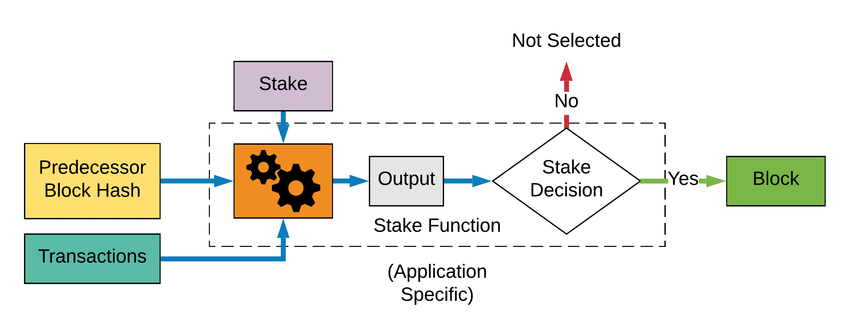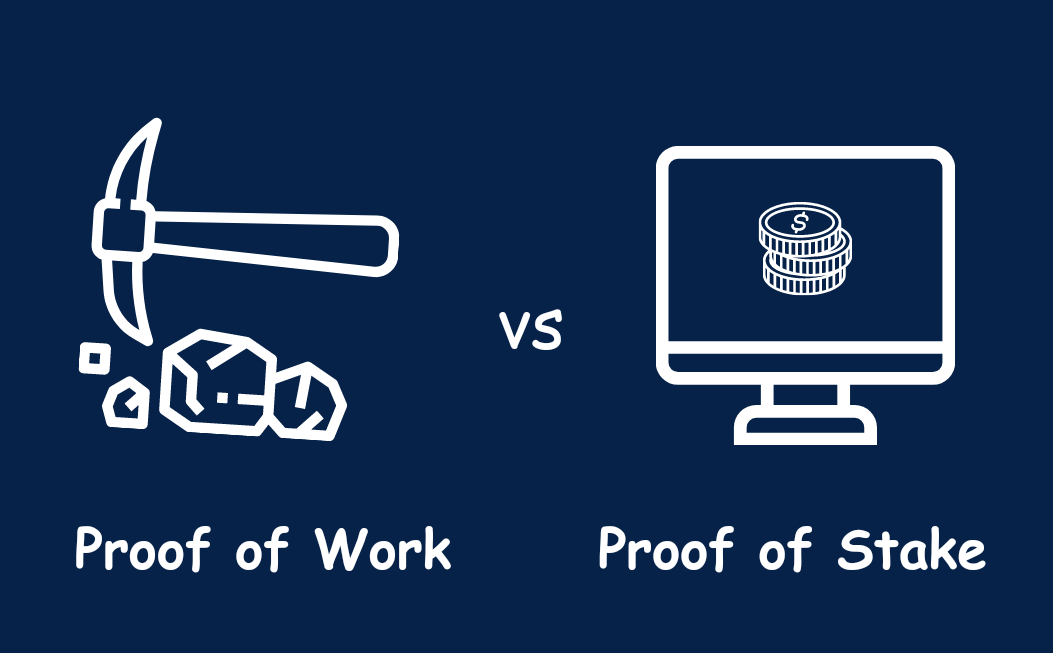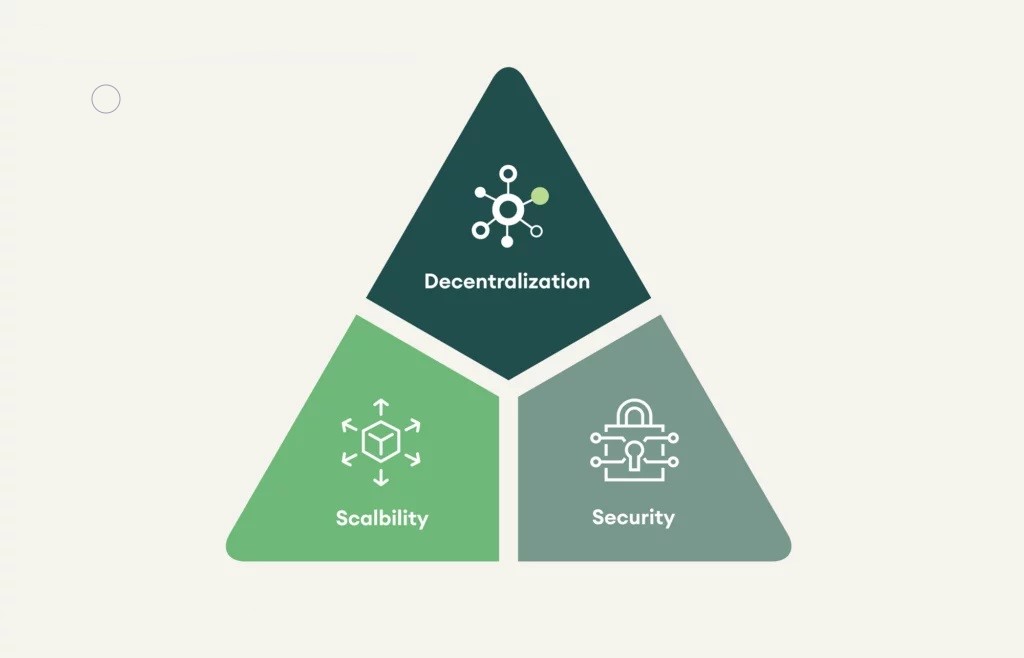Proof of Work (PoW)
PoW stands as the original consensus mechanism, pioneered by Bitcoin. It relies on miners worldwide competing to solve complex mathematical puzzles, securing and verifying blockchain transactions. The first miner to solve the puzzle adds verified transactions to the blockchain and receives a predetermined crypto reward (So, in case of Bitcoin, miner receives BTC)
Advantages of PoW:
- Proven method for maintaining secure decentralized blockchains.
- As the cryptocurrency’s value grows, more miners join, enhancing network security.
- High processing power makes it impractical for individuals or groups to manipulate valuable blockchain data.
Challenges of PoW:
- Energy-intensive process. This is especially bad for blockchains with extensive transaction volumes.
- Limited scalability for multiple varieties of transactions, such as those in decentralized finance (DeFi) protocols.

Proof of Stake (PoS)
PoS emerged as an alternative to PoW, aiming to address scalability issues. Ethereum, among others, transitioned to PoS with the Ethereum 2.0 upgrade. In PoS, validators stake their cryptocurrency to validate transactions and earn rewards, replacing the mining process in PoW.
How PoS Works:
- Validators stake their crypto, contributing to a pool, from which one is selected to validate transactions and update the blockchain.
- Selection criteria include the amount of crypto staked and the duration it has been held.
- Validators are rewarded with native cryptocurrency (ETH in case of Ethereum), distributed proportionally to their stake.
- Validators can face penalties, such as slashing of staked funds, for network disruptions or validating incorrect blocks.

Differences Between PoW and PoS:
- Energy Consumption: PoW requires significant energy expenditure due to mining competition, while PoS operates with lower resource consumption.
- Economic Consequences: In PoW, miners incur costs in computing power and energy, while PoS validators risk losing staked funds if they act against the network’s interests.
Both mechanisms aim to secure and validate blockchain transactions, but PoS offers potential improvements in scalability and resource efficiency compared to PoW. As blockchain technology evolves, the choice between PoW and PoS may vary depending on the specific requirements and goals of each project. However, PoS is becoming more and more popular.




6 Comments
Comments are closed.